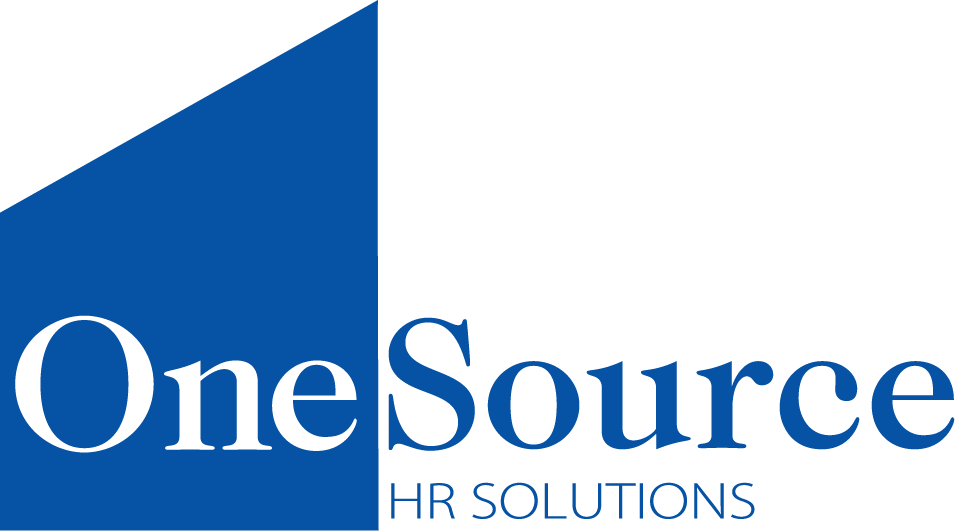The Human Resources (HR) business function is critical to managing an organization’s most valuable and oftentimes, its most costly, asset — its people. However, even the most well-intentioned HR departments can make missteps that expose the company to significant risks. In this article, we delve into a real-life scenario where an HR risk management misstep proved costly for a growing and entrepreneurial consulting company.

HR Risk Management Misstep: Mishandling Employee Terminations
In this growing and fast-paced company, the CEO had recently assigned the HR function to a long-time, seasoned employee who understood the company well but had no relative experience in managing organization-wide human resources processes.
A complex situation arose when an employee was terminated due to performance. Despite the company’s genuine intention to handle the termination sensitively, a series of missteps occurred during the process.
1. Lack of Documentation:
The HR department failed to maintain a thorough and well-documented trail of the employee’s performance reviews, disciplinary actions, and feedback. Consequently, when it came time to justify the termination decision, the absence of proper documentation made it challenging to demonstrate that the employee’s dismissal was justified based on legitimate business reasons.

2. Inadequate Communication:
The termination meeting was hastily arranged, and the HR representative did not adequately explain the reasons behind the decision or provide the terminated employee with guidance on post-employment benefits, like severance packages or outplacement assistance. As a result, the employee felt blindsided and unsupported, leading to resentment and a potential legal claim.
3. Ignoring Legal Obligations:
The HR department overlooked the requirement to provide the terminated employee with appropriate paperwork, including the necessary information related to COBRA (Consolidated Omnibus Budget Reconciliation Act) continuation coverage and the final paycheck. This oversight left the company vulnerable to potential legal liabilities and financial penalties.

The HR Risk Management Fallout: Litigation and Reputation Damage
As word of the mishandled termination spread through the workplace, employee morale wavered, and rumors of the company’s alleged mistreatment of the well-loved employee circulated widely. The terminated employee decided to seek legal counsel and filed a wrongful termination lawsuit, claiming that the company had violated employment laws and its own policies.
The lawsuit not only drained the company’s resources in legal fees but also took a toll on its reputation. News of the legal action and the HR misstep became public, impacting the company’s brand image and eroding customer trust. The negative publicity resulted in reduced business opportunities and made it challenging to attract top talent.
The HR Risk Management Lesson: The Vital Role of HR Compliance and Best Practices
This cautionary tale underscores the importance of meticulous HR compliance and best practices in managing employee terminations and other HR-related processes. Proper documentation, effective communication, and adherence to employment laws are paramount to safeguarding the company from legal and reputational risks.

HR departments must prioritize:
1. Documentation and Record-Keeping: Maintain comprehensive records of employee performance, feedback, and any disciplinary actions, ensuring a clear trail of the employee’s history with the company.
2. Communication and Support: Conduct termination meetings with empathy and clarity, providing terminated employees with the necessary information, such as severance packages and outplacement assistance, to ease the transition.
3. Legal Compliance: Adhere to employment laws and regulations related to terminations, ensuring all necessary paperwork and information are provided to the departing employee.
Conclusion
Even a single oversight when it comes to handling human capital can expose a company to significant risks. Robust HR practices, expertise and support, including diligent documentation, effective communication, and understanding how to be compliant with employment laws, are essential to protect both the company’s financial well-being and its reputation.
By investing in proper and dedicated HR support, whether it be through an in-house team member or outsourced HR consulting firm such as OneSource HR Solutions, companies can stay abreast of best practices, maintain compliance and reduce the likelihood of HR management risks with the potential for big monetary, legal and reputational impacts.
